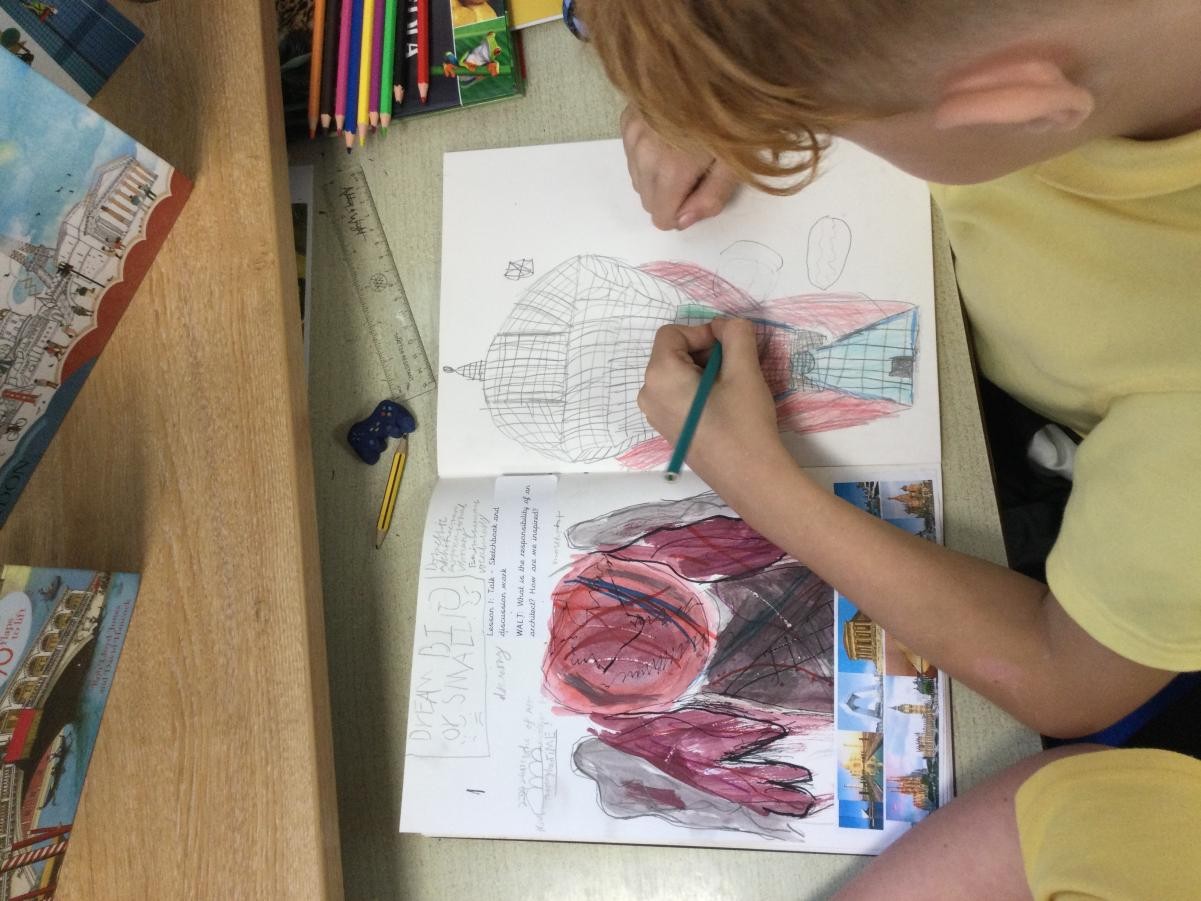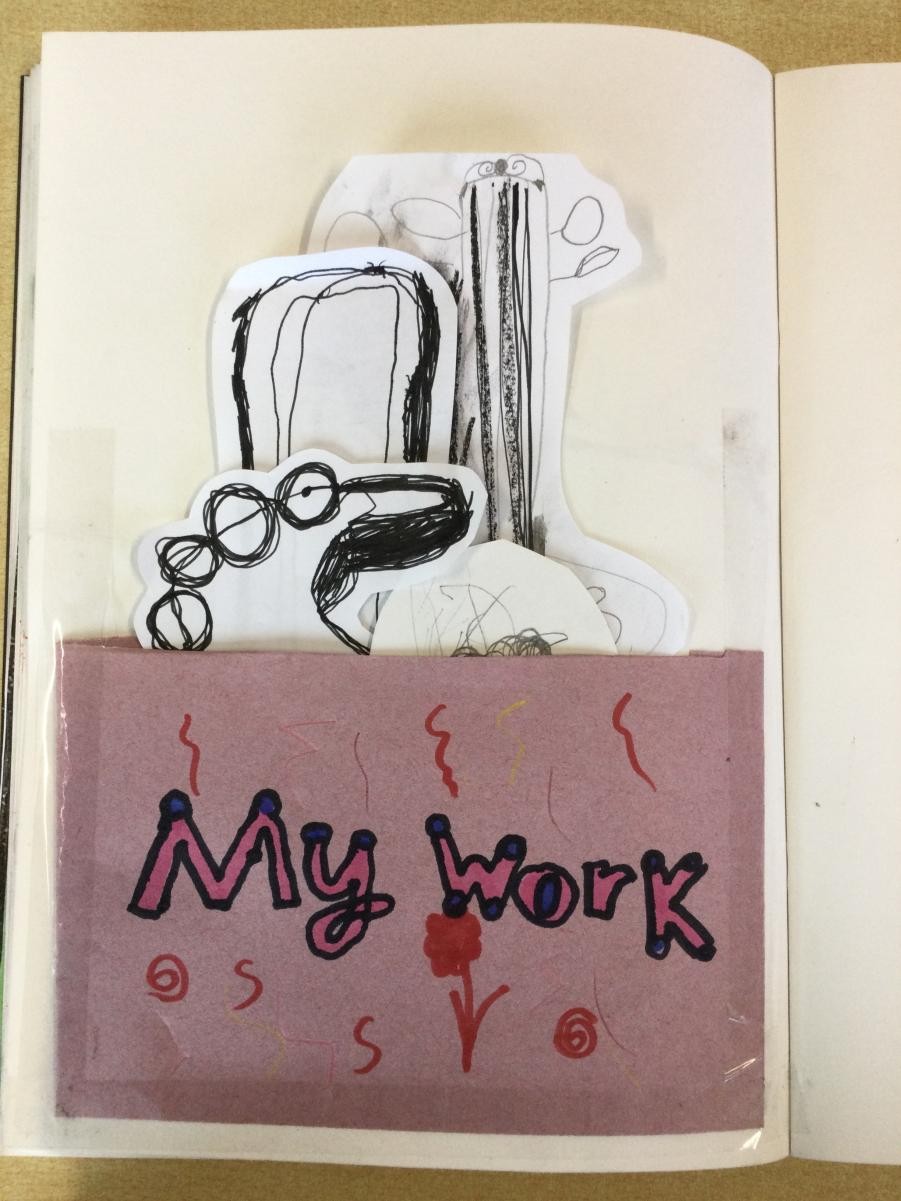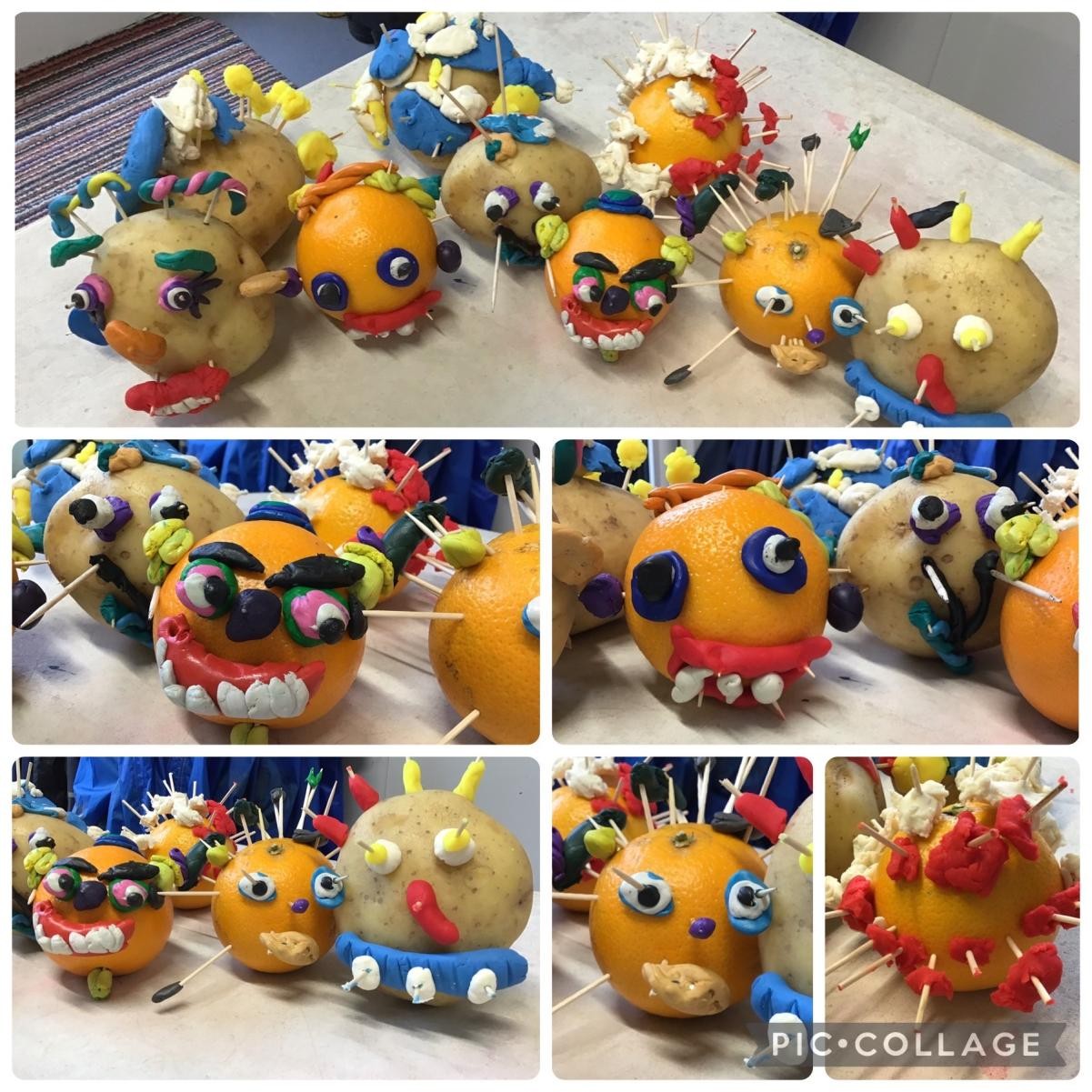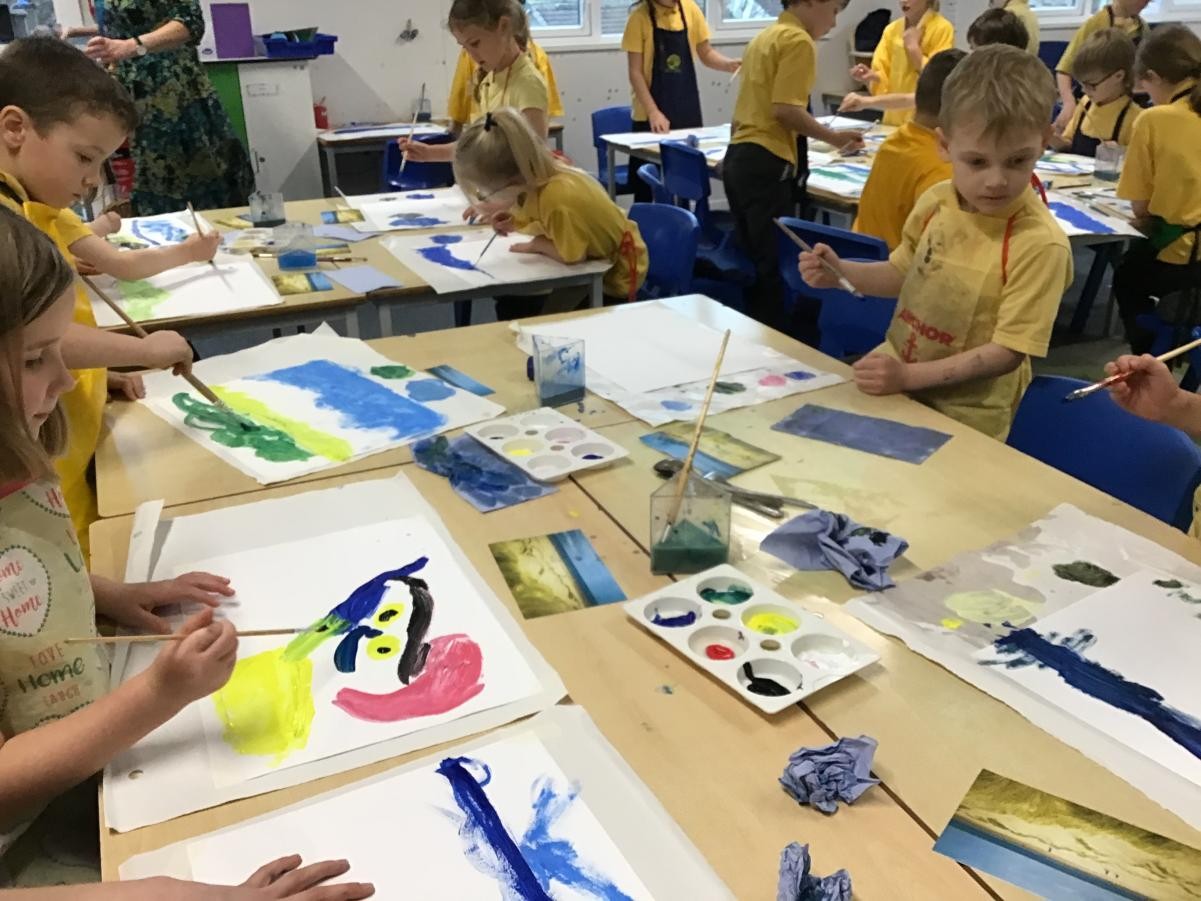“Art is a line around your thoughts”.
Gustav Klimt
Intent:
To make learning as interesting, meaningful and engaging as possible, we have a Curious Curriculum. This is a knowledge based curriculum with each theme and subsequent lesson starting with an enquiry question. Children are active participants in their learning journey; we promote skills in creativity and develop critical thinking by following a line of enquiry.
Art and Design plays a fundamental role in our children’s creativity and individual expression. Art and Design both reflect and shape our history, and contribute to the culture, creativity, and the wealth of our nation. We want our Art and Design provision to impact our children, we want our children to become artistic, creative, curious, and critical thinkers in a fast-developing world.
At Warbstow we have joined Access Art, a unique organisation that has created an inspirational Art and Design Curriculum. It is designed to enrich creative thinking and ensure children learn through art as well as about art.
Their curriculum is broad, rich, contemporary, and diverse with the aim that when children move onto secondary school, they feel they have found an area of visual arts that is relevant and engaging to them.
What is the purpose of art? – Access Art answers this through creative opportunities exploring as many aspects of drawing, making and design, help understand ways art connects us with our past, embraces the present, and empowers us to shape our future.
The curriculum ensures that there is -
- Time for repeated practice.
- Structured learning, balanced with space for personal exploration.
- The accumulation of technical skills and contextual knowledge, balanced with growing self-awareness of what it is to be a creative being.
- Enable individuals to make appropriate choices regarding materials and processes.
- Empower towards making a personal, creative response.
Our curriculum is ambitious and designed to give all pupils, particularly children with SEND the knowledge they need to succeed in life. Children have the freedom to express themselves. Art enables children to develop their confidence and resilience which can applied to everyday life. Universal Provision strategies are implemented to scaffold and support learning.
Implementation:
Early years:
In our EYFS, expressive art and design is a specific area of the Early Years programme. There are two Early Learning goals within this specific area: Exploring using media and materials and Being Imaginative.
At Warbstow, we help children in the Early Years to be creative by encouraging their natural curiosity and questioning. Children are supported to notice everything and closely observe the most ordinary things. We build on children’s interests and support them to express their thoughts, feelings and ideas through art and design. We encourage children to explore and use materials and resources in an open-ended way so that they can make choices and have confidence in their own ideas. Careful interactions with experienced adults who express an interest in the process a child has gone through and asks open questions such as ‘Can you tell me about it – that looks interesting’ helps children flourish and develop their amazing imaginations and creativity.
Key Stage One and Two:
Our curriculum promotes creative learning where the emphasis is on the journey not the outcome within its pathway. Each pathway is designed to inspire and enable high quality visual arts, teaching, and learning. The lessons are not outcome focused, the emphasis being on the journey.
The pathway is our ‘topic’ and follows clear and structured progression with the flexibility to explore a range of resources. Teachers will adapt each lesson to suit the needs of all the children and be guided by their journey. Each term we ensure children will -
- Have warm up activities to develop and explore practical skills.
- Introduce children to an artist with visual resources to be inspired by
- Discussion and reflection throughout
- A chosen challenge which is the focus for creative freedom
- Assessment – a chance to view own and others work and openly discuss outcomes.
A variety of assessment approaches are used during the pathways from observations, discussion, and sketch book scrutiny. Regular ‘share, reflect, discuss’ activities take place that encourage children to talk about art, especially art you have made yourself. This informs future planning, ensuring children are progressing in line with National Curriculum expectations.
Impact:
Our children gain an appreciation of the art and design world around them; they are outward looking and aspirational for their own creative thinking. Our children develop confidence and make independent decisions to show true imaginative potential.
Children’s ‘growth’ in art and design is measured in 3 key areas of knowledge –
Practical Knowledge –
- Drawing making marks with a range of medium and free choice.
- Interpret and develop the concepts of line, shape, and form.
- Use different media in colour and understand how it is associated with emotions.
- Create sculpture, transforming 2D to 3D.
Theoretical knowledge –
- Make connections between art’s past, present and future.
- Understand how art is relevant to them.
- Embed theoretical skills to give a greater depth in practical knowledge.
Disciplinary knowledge –
- Be able to explore, experiment and expand own creative minds through artist inspiration.
- To discuss the concepts of quality, value, and purpose of art.
- Be able to interpret others art, review and reflect artwork and critically evaluate own artwork for the purpose of development.






